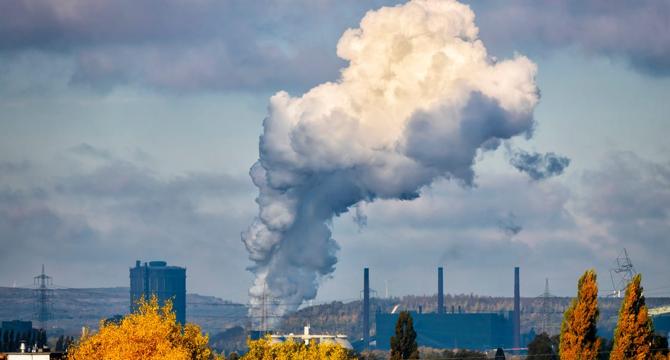Insider
1M
274

Image Credit: Insider
Data centers have an answer to fossil fuel emissions: Bury them
- Tech companies like Amazon, Meta, Microsoft, and Google are exploring carbon capture to counter fossil fuel emissions in data center operations, dominated largely by natural gas-based energy sources.
- Exxon Mobil estimated data centers would account for 20% of the carbon capture and storage market by 2050, with big tech moving towards utilizing renewables or low-carbon energy sources.
- Companies like Meta, Chevron, and Crescent Midstream are getting involved in carbon capture projects to mitigate emissions from data centers powered by natural gas plants.
- Recently, Meta entered a deal to fund a large carbon capture project in Louisiana for an upcoming data center campus powered by natural gas plants.
- Technical challenges and uncertainties surround carbon capture, with questions regarding the permanency of storage and potential environmental risks.
- Despite challenges, companies like Chevron and investment firms like Engine No. 1 are venturing into developing natural gas plants with carbon capture to cater to energy demands of data centers.
- Carbon capture remains an expensive and niche solution, with only a small percentage of global emissions being captured in 2024, leading to doubts about its widespread viability.
- Capture and storage economics are complex, with federal tax credits and corporate investments playing a role in the feasibility of large-scale projects like carbon capture at data centers.
- Exxon Mobil projects significant revenue from carbon capture and storage operations by the end of the decade, reflecting a growing interest and potential market for these technologies.
- Data centers' increasing energy demands are pushing companies towards exploring various solutions, including carbon capture, to address environmental concerns and optimize energy usage.
- The future of carbon capture and storage in the data center industry hinges on technological advancements, cost-effectiveness, and a balance between energy demands and environmental sustainability.
Read Full Article
16 Likes
For uninterrupted reading, download the app